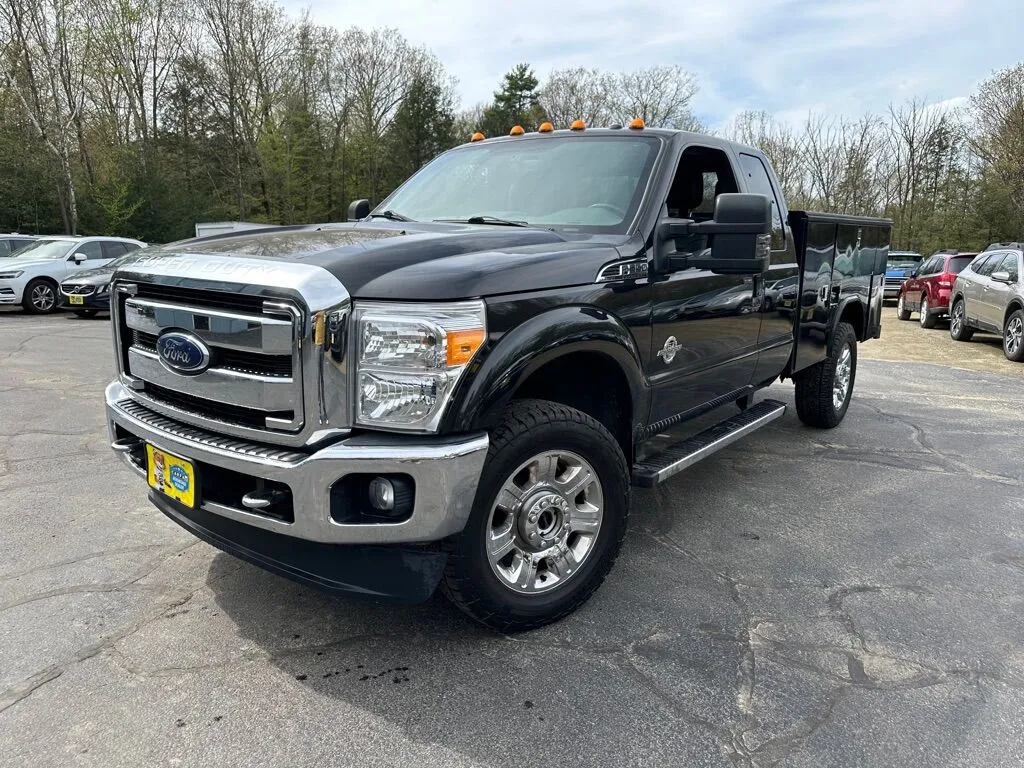Why Do Pickup Trucks Still Have Antennas?
Pickup trucks often still have antennas, especially the long whip-style ones, to ensure strong and reliable radio reception. This is particularly important for drivers in rural or remote areas where modern, compact antennas might struggle to pick up a clear signal. These antennas are also easy to replace, making them practical for truck owners who often use their vehicles in tough conditions. The reason of using an antenna is both practical and user-driven.
Strong Radio Signal in Rural Areas
One of the primary reasons pickup trucks retain whip antennas is their ability to provide a strong AM/FM radio signal. This is especially important for drivers in rural areas, where radio signals can be weak. Many truck buyers live in the countryside and rely on these antennas to receive clear radio signals. For these drivers, a strong radio connection is a key feature during long drives.
Cost Effective and Easy to Replace
Whip antennas are not only effective but also cost-efficient and easy to replace. Unlike other types of antennas that might be integrated into the vehicle’s bodywork or glass, whip antennas are essentially long wires. If they get damaged, replacing them is straightforward and not expensive, making them a practical choice for truck owners who use their vehicles in rough terrains or challenging conditions.
Catering to Customer Preferences
Truck manufacturer has listened to the feedback from their customers who prefer the reliability of whip antennas for their AM/FM radio needs. While the shark fin antennas are more modern and aerodynamic, they are not as effective in maintaining a strong signal in rural and remote areas. Thus, for now, truck manufacturers continues to include whip antennas on their pickup trucks to meet customer demand.
What Is the Purpose of the Antenna on a Truck?
The main purpose of the antenna on a truck is to receive AM/FM radio signals. For many truck drivers, having access to a wide range of radio stations during long drives is important. Whip antennas, particularly, are very effective at picking up radio signals, even in areas where reception might otherwise be poor.
Why Does Ford Still Use Antennas?
Ford continues to use antennas, especially on their trucks, because they offer better radio reception compared to modern, compact alternatives like shark-fin antennas. Many Ford truck owners drive in rural areas where a strong radio signal is crucial. Ford prioritizes their customers’ needs by maintaining these practical and reliable antennas on their vehicles.
Why Do Trucks Have Two CB Antennas?
Trucks often have two CB antennas to improve signal range and clarity. Which helps in picking up signals from different directions, making communication more reliable. Truck drivers, especially those on long hauls, use CB radios to stay in touch with each other and get real-time information about road conditions, traffic, and weather.
Why Do Some Cars Have Antennas and Some Don’t?
Some cars have visible antennas, while others have integrated or hidden ones due to design choices and technological advancements. Modern cars often use shark-fin antennas or integrate antennas into the vehicle’s body for a sleeker appearance. However, vehicles that need strong radio reception in rural or tough environments, like trucks and Jeeps, still use traditional whip antennas for their reliability and effectiveness.
Use of Roof-Mounted Antenna in Car
Roof-mounted antennas are commonly used in cars to receive various signals, including AM/FM radio, satellite radio, GPS, and sometimes even TV signals. Placing the antenna on the roof helps in getting a clearer and stronger signal by avoiding obstructions that might be present on other parts of the vehicle. This positioning is especially effective in urban areas where tall buildings can interfere with signal reception.
Why Do Cars Have Shark Fins?
Shark-fin antennas are a modern alternative to traditional whip antennas. They are sleek and aerodynamic and often incorporate multiple antenna functions in one compact unit. This design helps reduce wind resistance and noise while still providing decent signal reception for radio, GPS, and other communication needs. Their discreet appearance also contributes to the streamlined look of modern cars.
Can I Remove My Car Antenna?
You can remove your car antenna, but Removing it might affect your radio reception, especially if you rely on AM/FM radio. If you mostly use digital or satellite radio services or if your car has an integrated antenna, the impact might be minimal. However, if you decide to remove it, make sure to seal the hole properly to prevent water from leaking into your car, which can cause damage over time.
Conclusion
The presence of whip antennas on pickup trucks is a blend of tradition, practicality, and customer preference. They ensure reliable radio reception in rural areas, are cost-effective, and easy to replace. So, the next time you see a pickup truck with a whip antenna, you’ll know it’s there for good reasons, catering to the needs of drivers who value strong and reliable radio signals on their journeys.
